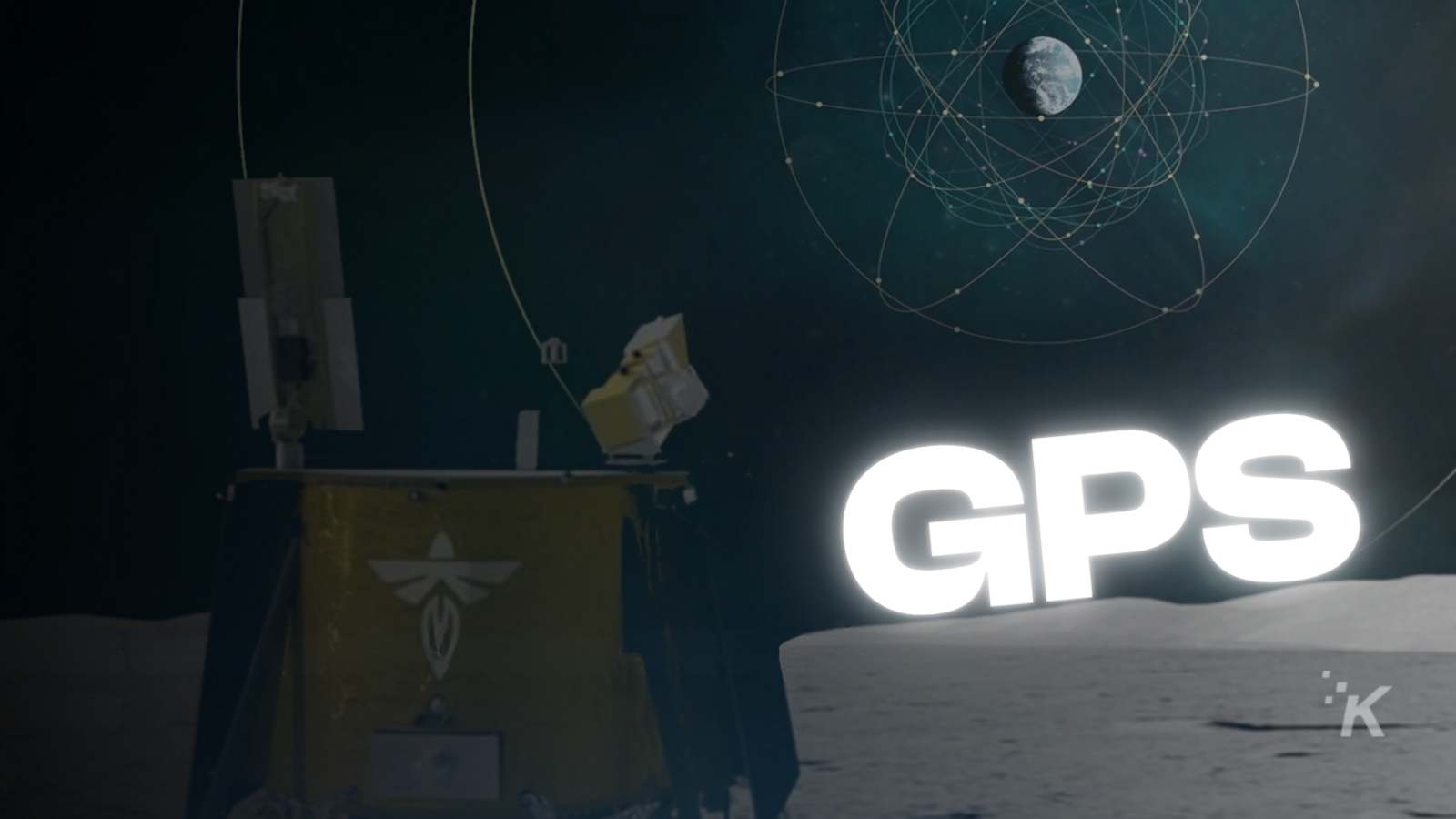News
NASA just transmitted GPS signals from the Moon for the first time
NASA has successfully deployed GPS technology on the Moon, enabling Firefly Aerospace’s Blue Ghost lunar lander to navigate and set distance records from Earth.

Just a heads up, if you buy something through our links, we may get a small share of the sale. It’s one of the ways we keep the lights on here. Click here for more.
In what can only be described as a “why didn’t we think of this sooner” moment, NASA has officially brought GPS to the Moon.
Yup, the same technology that helps you find the nearest Starbucks just made its lunar debut.
The breakthrough came courtesy of Firefly Aerospace’s Blue Ghost lunar lander, which stuck its landing on March 2, becoming the first commercial moon taxi to touch down on our celestial neighbor successfully.
But the real star of the show is a little experiment called LuGRE (Lunar GNSS Receiver Experiment), which has been busy proving that Earth’s GPS signals can reach way farther than anyone expected.
“On Earth we can use GNSS signals to navigate in everything from smartphones to airplanes,” says Kevin Coggins, NASA’s SCaN deputy associate administrator, who’s clearly excited about this cosmic GPS expansion. “Now, LuGRE shows us that we can successfully acquire and track GNSS signals at the Moon.”
Breaking Records Like They’re Nothing

Before even reaching the Moon, LuGRE was already showing off. On January 21, it snagged GPS signals from a mind-boggling 209,900 miles up – setting a new NASA record.
By February 20, it had pushed that record to 243,000 miles while chilling in lunar orbit, reports PopSci.
The system finally performed its first lunar GPS fix at 2 a.m. EST on March 3, about 225,000 miles from Earth.
Why This Matters
Currently, NASA relies on a mix of onboard sensors and Earth-based tracking signals to monitor spacecraft, which requires constant human oversight.
The successful implementation of GNSS technology could make spacecraft navigation more autonomous, reducing the need for human operators and potentially making lunar exploration more efficient and reliable.
This breakthrough isn’t just about bragging rights—it’s laying crucial groundwork for NASA’s upcoming Artemis missions.
Future astronauts will need reliable navigation systems while exploring the lunar surface, and now we know GPS might actually be a viable option.
Who knows? Maybe one day lunar astronauts will complain about their GPS recalculating just like we do on Earth.
The experiment will continue collecting data for the next two weeks, presumably while someone at NASA figures out how to explain to their GPS that “Moon” isn’t a valid destination address yet.
What are your thoughts on GPS technology making its lunar debut? Do you think this breakthrough will revolutionize space navigation for future missions? We’d love to hear your opinions!






























